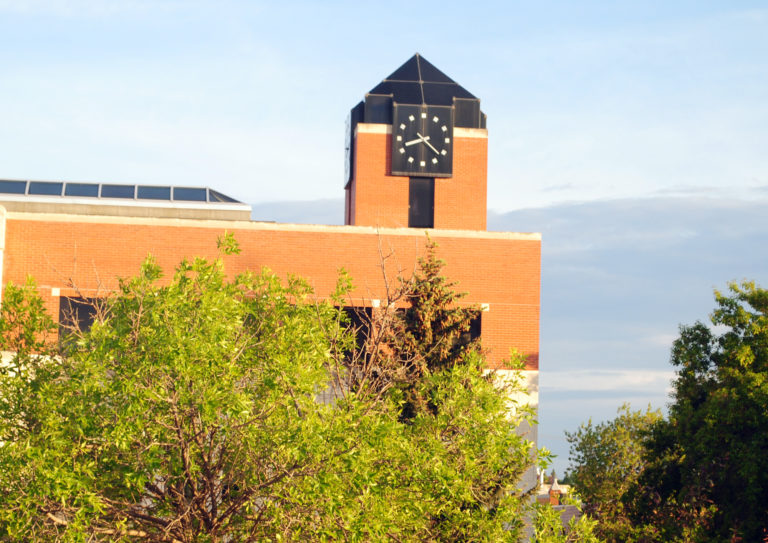
The news that Prince Albert has one of the highest rates of child poverty in the province is troubling.
According to a report by researchers at the University of Regina, one in four kids in this province live in poverty. In Prince Albert, that number is closer to one in three.
The fact that today, in Canada, in 2016, we have thousands of children living in homes several thousand dollars below the poverty line is unacceptable.
We can no longer turn a blind eye to an issue that affects so many in our own neighbourhood.
Even more disturbing than the child poverty rates detailed in the 2016 child poverty report card was the racial disparity.
In Saskatchewan, 57 per cent of First Nations children come from low-income families, as do 26 per cent of Metis children, 27 per cent of immigrants, 19 per cent of visible minorities and 12 per cent of non-immigrant children from a multi-European background.
Broken down even further, a startling 69 per cent of on-reserve children come from families whose after-tax income is below the poverty line. Off reserve, that rate is 36 per cent.
While any number of children living below the poverty line is unacceptable, having such large numbers is alarming.
The effects of child poverty are devastating.
Studies have linked child poverty to inadequate nutrition and food security, inadequate child care, lack of access to health care, poor academic achievement, behavioural and socioeconomic problems, physical health problems and developmental delays.
According to the American Psychological Association, child poverty costs an estimated $500 billion a year to the U.S. economy, reduces productivity and economic output by 1.3 per cent of GDP, raise crime and increases health care costs.
Growing up in poverty is also been identified as a risk factor that increases the likelihood of turning to criminal activity, such as engaging in the drug trade or joining gangs.
The report calls on the government to do more by spending more money.
Others have, in the past, said hard work can pull people out of poverty.
Unfortunately, this is a complicated issue, and the answer isn’t just that easy.
While ensuring social programs to support children and families are important, money alone won’t solve all the problems. That money has to come from somewhere – the government isn’t an endless bank of free money that can go to whoever needs it.
It’s a balancing act. While paying larger benefits to those in the lowest income brackets is definitely a viable solution, just throwing money at the issue won’t solve the self-perpetuating cycle faced by low-income families.
By the same measure, telling those families to simply work harder isn’t an option either.
Many work low-paying jobs, are under-employed or precariously employed. Working more hours won’t solve their problems, and it won’t help those children.
So what can we do?
We need a plan.
We can’t just look at this report, say ‘oh, that sucks,’ and move on. Something needs to be done.
We have to keep the pressure on our elected officials, and work within our communities to break the cycle of poverty and build sustainable solutions.
That starts by breaking down barriers and finding solutions in our own neighbourhood.
Programs such as career retraining programs, lunch programs at schools, affordable childcare, community outreach and crime prevention strategies (no, not just stricter sentencing), preventative health programs and services such as the food bank, shelters and resource centres already help.
Programs like these – that target and support the most vulnerable people in our communities, are some of the ways we can work to improve the conditions in our community.
It’s a great start, but we need more. We need everyone working together to remove those barriers that form the root of the issues.
It will take work. Work that, to this point, provincial and federal governments haven’t been willing to do.
As to what those solutions will be, we don’t know.
What we do know, is as a community, as government, not-for-profit, and everyday citizens, we can work to fix these problems and end poverty, especially child poverty, for good.
There is no quick fix, there is no one-size-fits-all solution.
It won’t happen all at once, but over several years.
But if we remain vigilant, if we work together, if we keep pressuring government while working to break down societal barriers ourselves, we can do this.
After all, they say it takes a village to raise a child.
